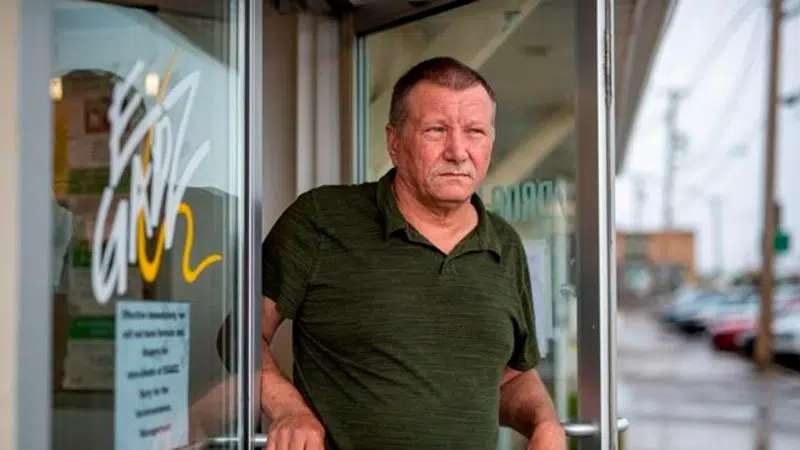
‘Somewhere to go:’ Sex trafficking victim calls for more safe houses
REGINA — For years, Beatrice Wallace blamed herself.
Not only did she feel shame and guilt, but the 46-year-old Regina mother kept it hidden.
Her “dirty little secret,” as she calls it, was working the streets — first forced there by men when she was 14.
“I had seen girls on the streets and … they were hookers. That’s what we called them then,” Wallace says.
